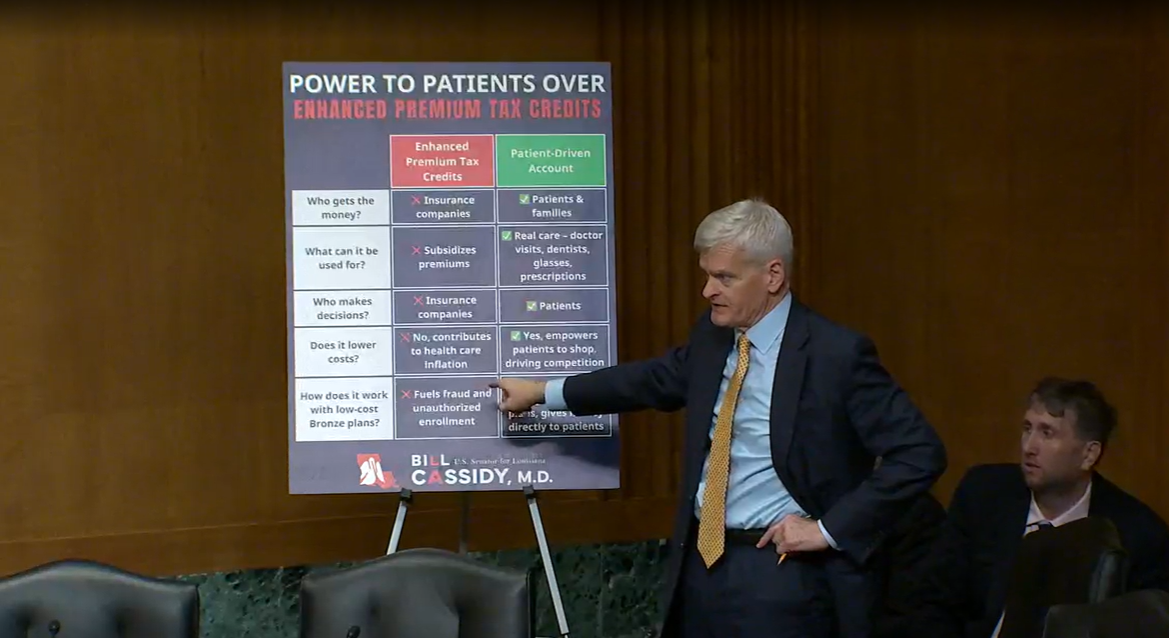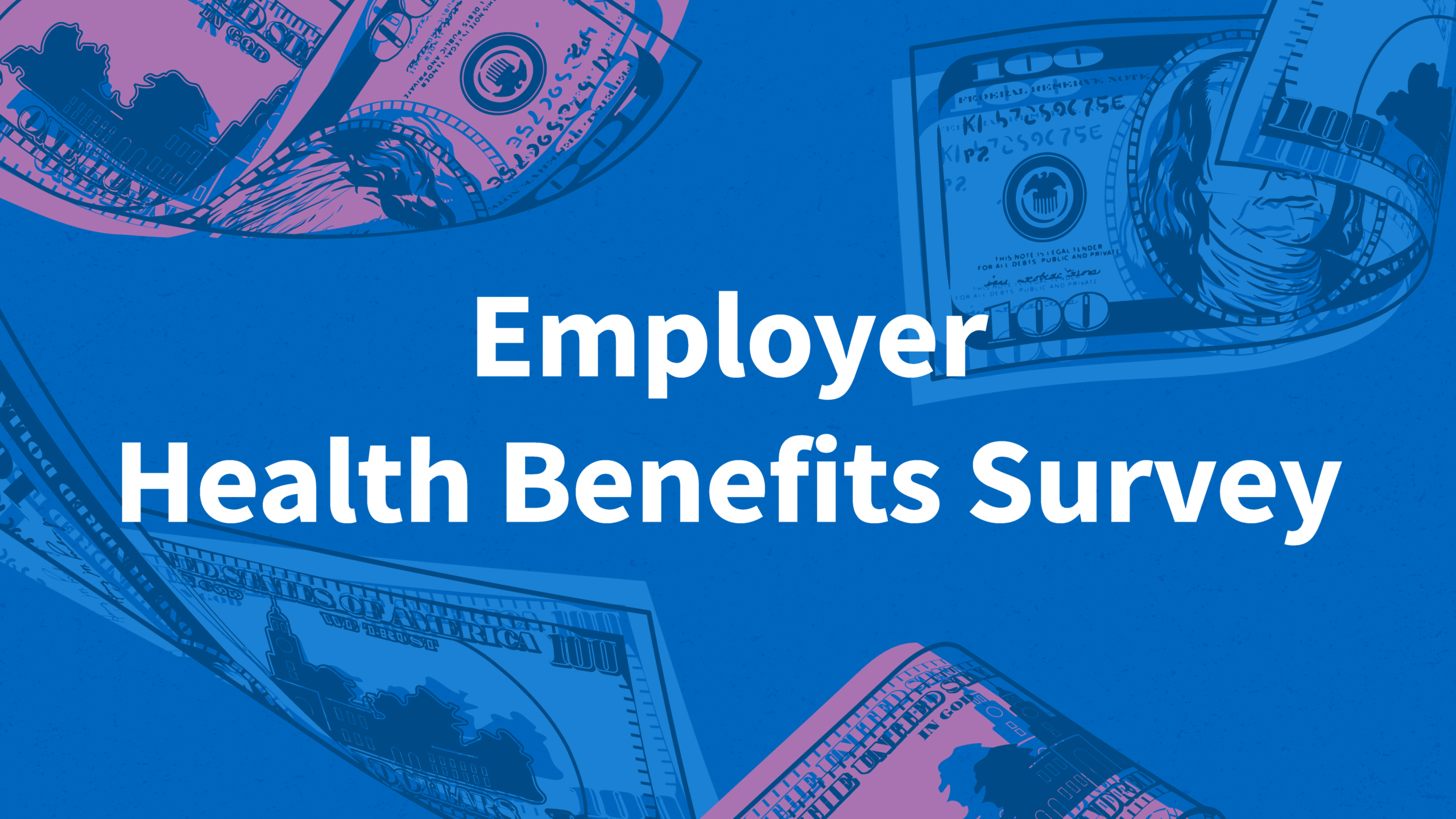High prices persist – making life less affordable – and further increases are on the horizon
This year’s elections confirmed the hollowness of arguing that low inflation means that Americans are doing fine. Consumers don’t care about inflation; they care about high prices, and they see high prices when they go to the grocery store, pay their rent, or look for a new car. Even if inflation went to zero, the high prices would persist, leaving people feeling that things are no longer affordable.
The fact is that prices are not going to fall to their pre-inflation levels. Such a decline would require a big decline in wages, which would not be a good signal for the economy. In normal times, employers are very reluctant to cut wages; they believe wage cuts would damage morale and reduce output, eroding any savings in wage expenditures.
The only way that families can recover from a bout of inflation is for their wages to rise enough to cover the new higher costs of goods and services.
Let’s be clear about what inflation is. Inflation is a process that involves rising prices and wages, and the inflation rate is the percent change in goods and services over a period of time. According to the Consumer Price Index for all Urban Consumers (CPI-U), inflation, after four decades of relatively steady prices, took off in mid-2021 and hit a peak of 9 percent in June, 2022 (see Figure 1). Since then, however, the rate of inflation has declined sharply, and in the most recent report stood at 3 percent.
But the decline in the inflation rate doesn’t compensate for the fact that prices have ended up considerably higher than they were before the spurt in inflation. Table 1 shows that the expenditure-weighted increase in prices between August 2020 and September 2025 was 25 percent. The numbers most immediate for the average household are prices for food, housing, and transportation (gasoline and cars), which together are up almost 30 percent.
As noted, since prices are not going back down, the only way for things to become affordable again is for wages to increase. That is, if – over the period August 2020-September 2025 – prices have gone up 25 percent, wages need to increase by 25 percent for households to replicate old spending patterns. Data from the Atlanta Fed suggest that wages across the board have increased 27 percent, with the greatest gains for the lowest paid (see Table 2).
With wage gains roughly equal to price increases, people, on average, should be able to duplicate their old spending patterns. But standing still is not enough, most would like to see their standard of living improve over a five-year span. Thus, they feel like they’re falling behind.
Moreover, new developments suggest even higher prices going forward, making life even less affordable. The increase in tariffs from an average of about 2 percent to about 10 percent will raise the cost of imports, and the mass deportation of undocumented foreign-born workers will raise the cost of fruits and vegetables, long-term care, new construction, and many other things. Further, the demand for energy to power the data centers for AI is already causing electricity prices to spike.
So telling Americans that inflation – the rate of change in prices – is down and they are fine is not a winning strategy. They confront the aftermath of high inflation in the high prices they see every day and face further price hikes down the road.
Publisher: Source link









